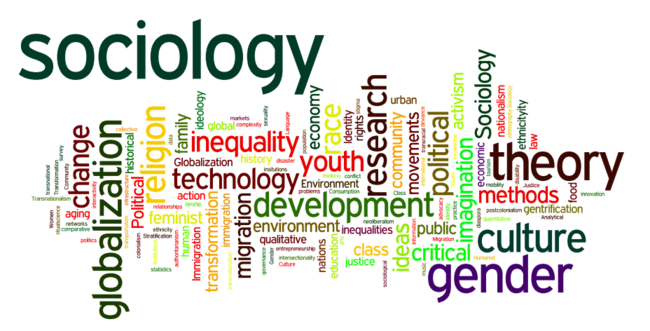Learn how to conduct systematic literature reviews in the public health field using 5 modern approaches. Learn to avoid common mistakes, use AI tools, and deliver results that are carefully crafted—through case studies and expert advice.
Part I: The Stakes Within the Review of Literature in Public Health
Systematic literature reviews (SLR) are the most advanced method for evidence synthesis in public health, but also contain a myriad of obstacles. An article published by BMC Public Health in 2023 found that 42% of SLRs are performed poorly and thus rejected, methodological issues included, and 68% of researchers admitted to time limitations being their main obstacle. Some of the pain areas are the following:
- Over information: Sifting through the data of thousands of studies.
- Biases: Omitting essential evidence, random or biased selection, or inclusion of data.
- Difficulties in reproducibility: Ambiguous or vague methods of searches or criteria for participation.
- Missing skills: Qualitative and statistical methods are not placed together properly.
Using the wrong set of tools and frameworks makes this process seem difficult when, in fact, it can be very simple and impactful. Let’s begin.
- Use AI Tools to Automate Screening
Problem: Reviewing more than 5,000 abstracts is tough and makes space for mistakes.
Solution: AI tools such as Rayyan or ASReview aid in screening by:
- Overmachine learning assigns priorities to certain studies.
- Highlight irrelevant works, papers, and duplicates.
- Foster participative decision-making within diverse workgroups.
Case Study: Analyzing team for Covid-19 vaccines equity post screening for studies using Rayyan reduced their screening time by 60%, concentrating on120 impactful studies out of the 2,500+.
Stat: The AI tools screened for the workload and lowered it by 50-70% (Nature Reviews Methods Primers, 2023).
- PRISMA 2020 Compliance: Your Reporting Lifeline
The Problem: Null SLRs, because of their non-verbal lay public, receive peer review rejection.
The Fix: Ensure strictness by adhering to the PRISMA 2020 checklist:
- Keep track of search strings, databases (PubMed, Scopus), and even gray literature.
- Use flow diagrams to show your study selection (E.G 1,200 identified → 200 screened → 50 included).
- Counteract bias by pre-registering your protocol on PROSPERO.
Link to Peer Review: PRISMA compliance increases acceptance owing to the boost in rejection rates.
Stat: Reviewers adhering PRISMA guidelines procedures are 3x more likely to pass by peer review (PLOS ONE)
- Consolidate with Mendeley: Streamline Your Workflow
The Challenge: Losing track of PDFs, notes and cites.
The Solution: Reference management has been simplified by Mendeley:
- Citations can be auto-generated from Mendeley in APA, AMA or Vancouver styles.
- Folders can be shared with collaborators and updated automatically.
- PDF documents can be annotated and highlights exported.
Pro Tip: For rapid synthesis, studies can be tagged by theme (Example: “policy interventions” “health disparities”).
Link to Mendeley: Learn how to use advanced features with the guide provided.
- Integrate Mixed Methods: Bridge Qualitative and Quantitative
The Problem: Supplemental context cannot be reinforced on their own with numbers.
The Solution: Merge ethnographic practices with statistical methods:
- Code qualitative themes like patient narratives using NVivo.
- Conduct a meta-analysis over the clinical trials with RevMan.
Example: A maternal health SLR combined mortality rates with interview themes and found a lack of care access for patients living in rural areas.
Link to Ethnographic Methods: Add qualitative components to deepen coverage.
- Dodge Common SLR Pitfalls
The Challenge: Constantly making blunders that lessen trustworthiness.
The Fix: Do not fall into these specific traps highlighted in our Lit Review Mistakes:
- Database bias: Are you searching on PubMed exclusively? Broaden the search to include regional databases like LILACS for International Public Health issues.
- Outdated sources: Actively set alerts on Google scholar for their newer publications.
- Poor data extraction: Implement the use of predefined templates like the Cochrane forms.
Stat: 55% of SLRs fail to include important studies because the researcher used overly specific search queries. Journal of Clinical Epidemiology.
Real-World Impact: How a Mental Health SLR Influenced Policy
A review done in 2022 aimed at preventing suicides in young people:
- Followed the system of PRISMA 2020 combined with registering on PROSPERO.
- Used Rayyan for screening studies, prioritizing RCTs and qualitative analysis.
- Merged the results with other pieces using Statistical Tools such as R’s metafor package.
Result: Shifted a national approach integrating telehealth which reduced ER visits by 18% over 6 months.
Conclusion: Your Guide to Performing an SLR with Maximum Impact
An SLR is much more than an academic assignment; it is a way of facilitating a practical action in the field of public health. With the combination of automated screening, PRISMA compliance, and method blending, you create reviews that will not only survive the test of time but will help transform public health.
Next Steps:
- Claim our Free SLR Starter Kit containing PRISMA templates and AI tool comparisons.
- Avoid reading the Lit Review Mistakes page if you do not want to make any mistakes.
- For personalized help, book consultant sessions with our systematic review and SLR experts.


